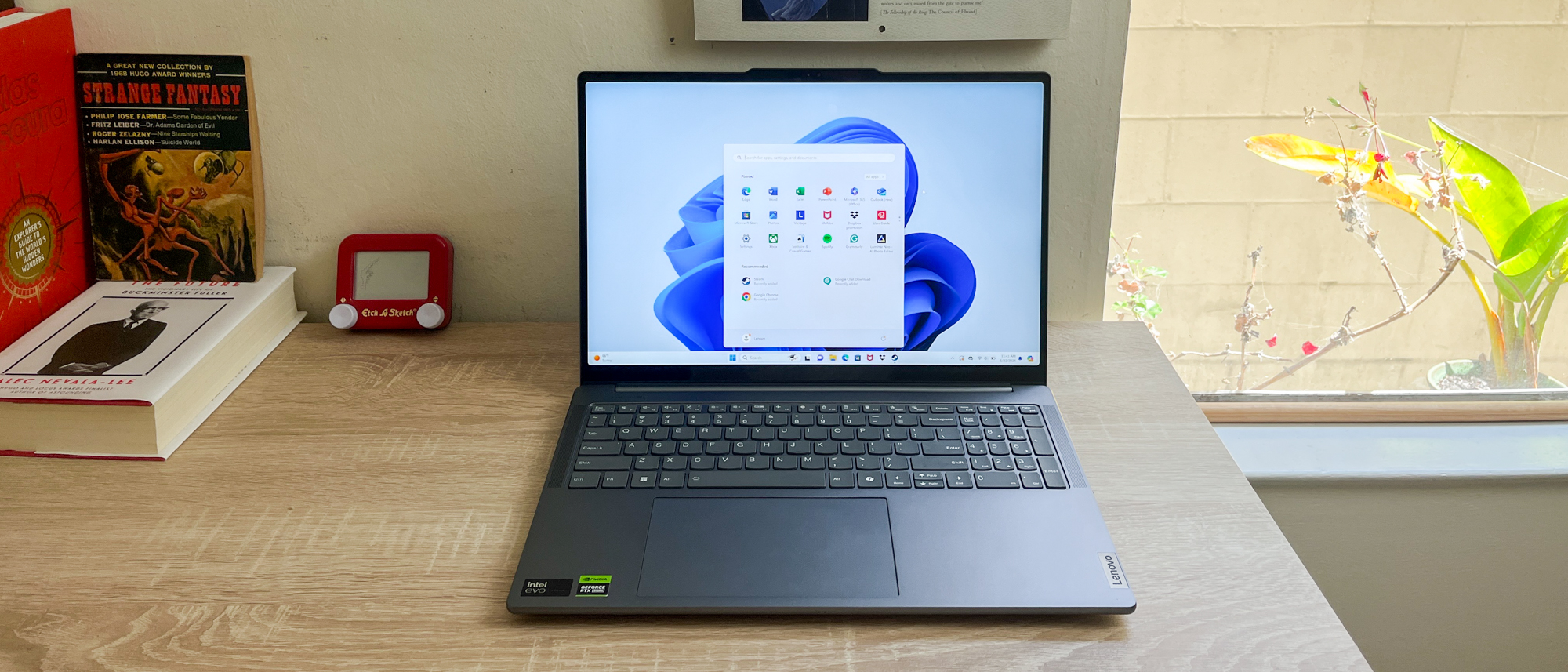12 Tips for Stunning Portrait Photography
Whether you want to start shooting portraits as a side hustle or simply love taking pictures of the people in your life, these quick tips will help bring your portrait photography to the next level.
Taking Perfect Portraits

People love to see flattering photos of themselves, but not every photographer has the skill set to capture a striking portrait. These 12 tips cover everything from lighting to lenses, so everyone who steps in front of your camera will end up looking their best.
Use natural light
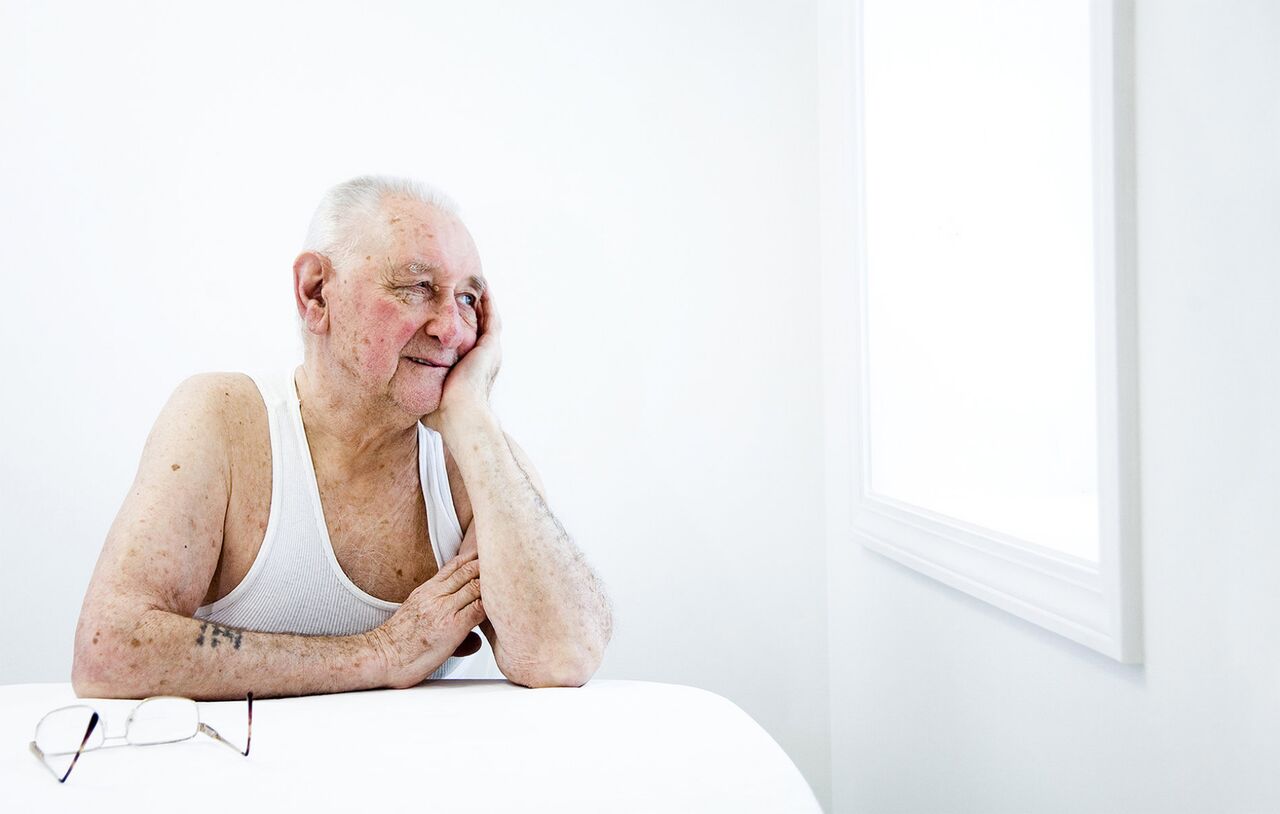
When photographing portraits inside, try shooting near a large window. The diffused natural light will minimize harsh shadows and will create a more flattering image (as long as the sun isn't shining directly in the window). Ask your subject to turn toward the light, so their face isn't in shadow. Also remember to turn off any indoor lights, which can give your image a yellow cast.
Photo credit: Poon Watchara-Amphaiwan
Don't shoot in direct sunlight

Direct, midday sun is notoriously unflattering. Not only will your subject be prone to squinting, but the harsh light will cast deep shadows into their eyes and across the lower part of their face (as seen in the photo on the right). The best time for outdoor portraits is on a cloudy day or when the sun is low in the sky. If you need to shoot on a sunny day, be sure to move into the shade.
Photo credit: Lacey Johnson
Diffuse harsh light
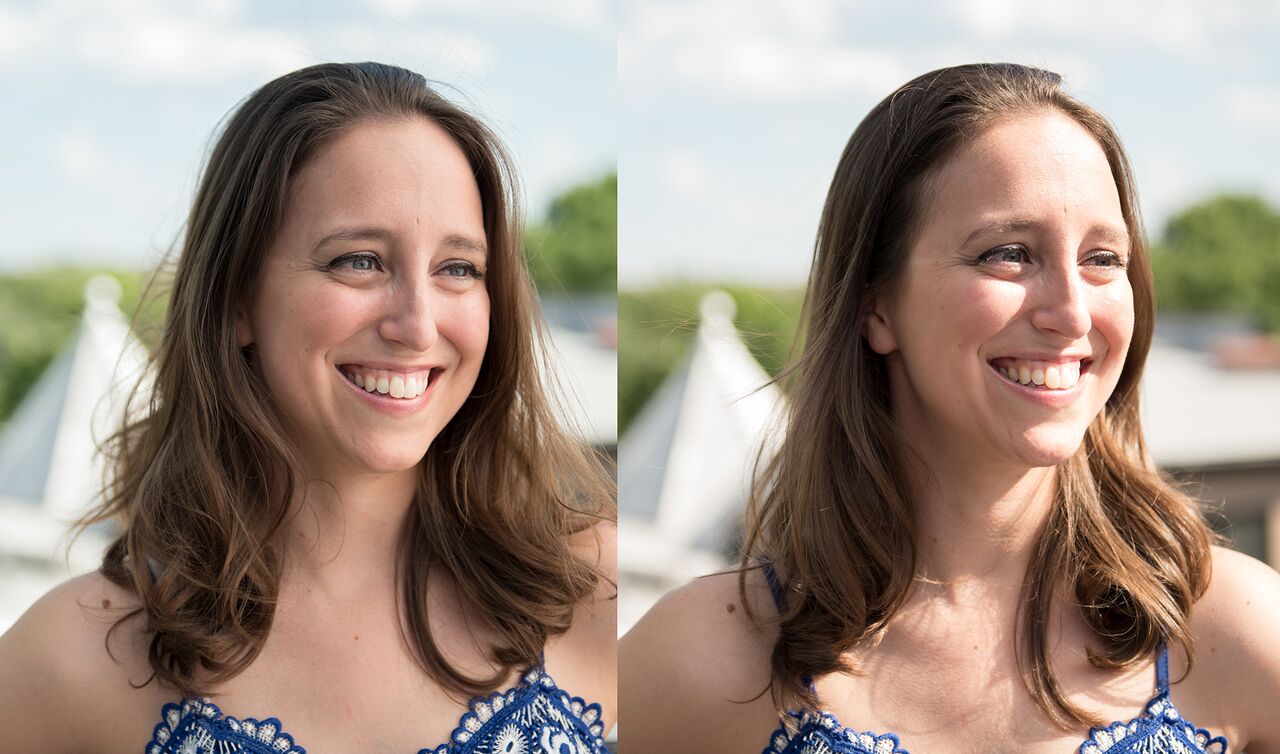
If you're stuck under the sun and unable to find shade, a diffuser is a great way to soften the light. Diffusers are made of translucent material and come in many shapes and sizes, but we recommend collapsible oval diffusers because they are easier to set up and more portable. In the image on the left, the photographer had an assistant hold the diffuser at an angle above the subject's head. If you don't have an assistant, try attaching the diffuser to a light stand. You can also make your own diffuser by using a white sheet or some other diaphanous material.
Photo credit: Lacey Johnson
Sign up to get the BEST of Tom's Guide direct to your inbox.
Get instant access to breaking news, the hottest reviews, great deals and helpful tips.
MORE: 15 Tips for Taking Great Candid Photos
Use a low f-stop
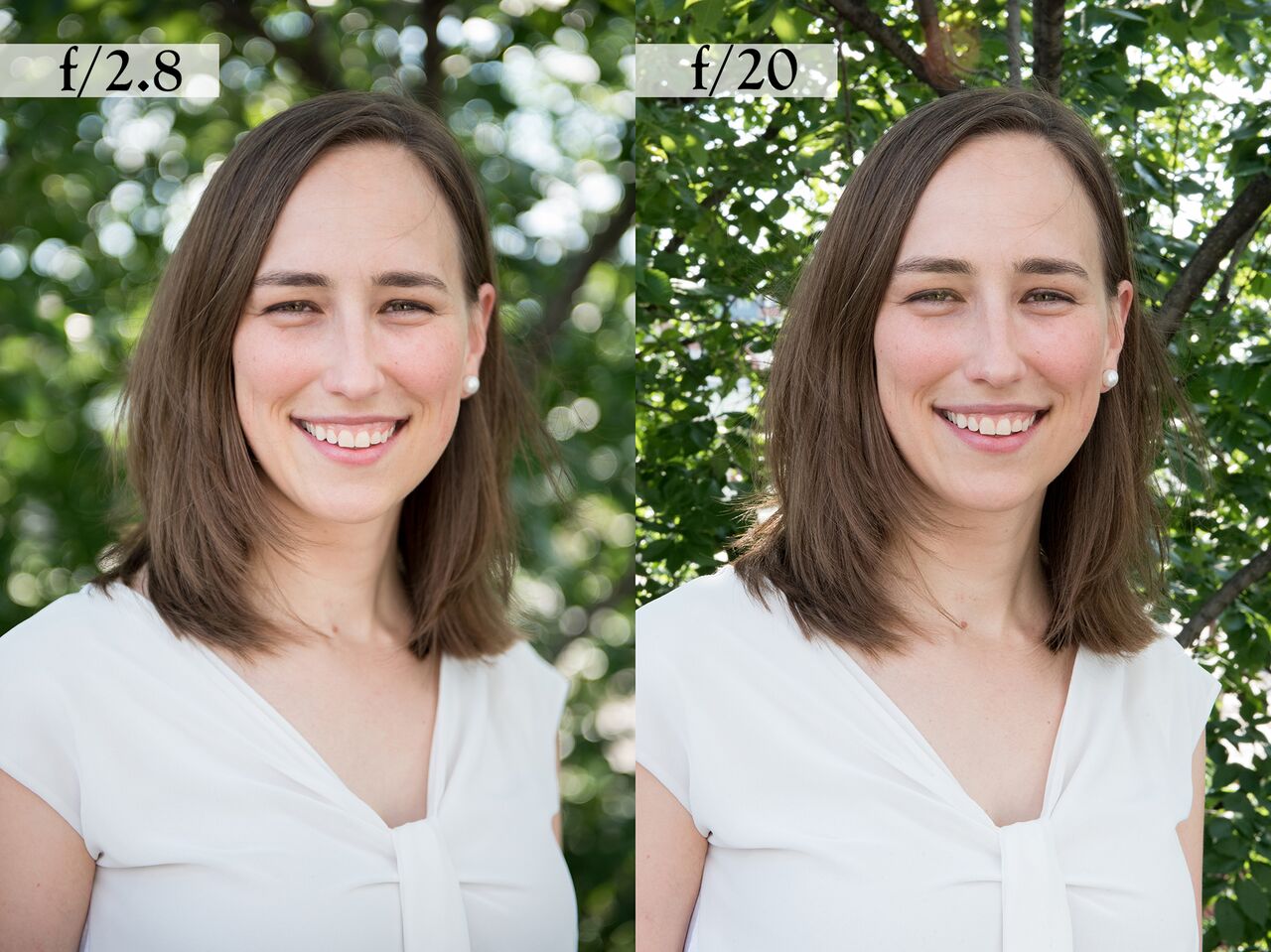
When shooting portraits, it's good practice to use a low f-stop. This will help blur the background and make your subject pop. Many DSLR and mirrorless cameras let you manually adjust the f-stop. You can acheive a similar effect using Portrait mode on theiPhone 7 Plus, which uses two lenses to create a blurred background. The Samsung Galaxy S8's Selective Focus mode also performs a similar function. Or, try downloading a third-party camera app that will let you adjust the f-stop.
Photo credit: Lacey Johnson
Avoid wide-angle lenses
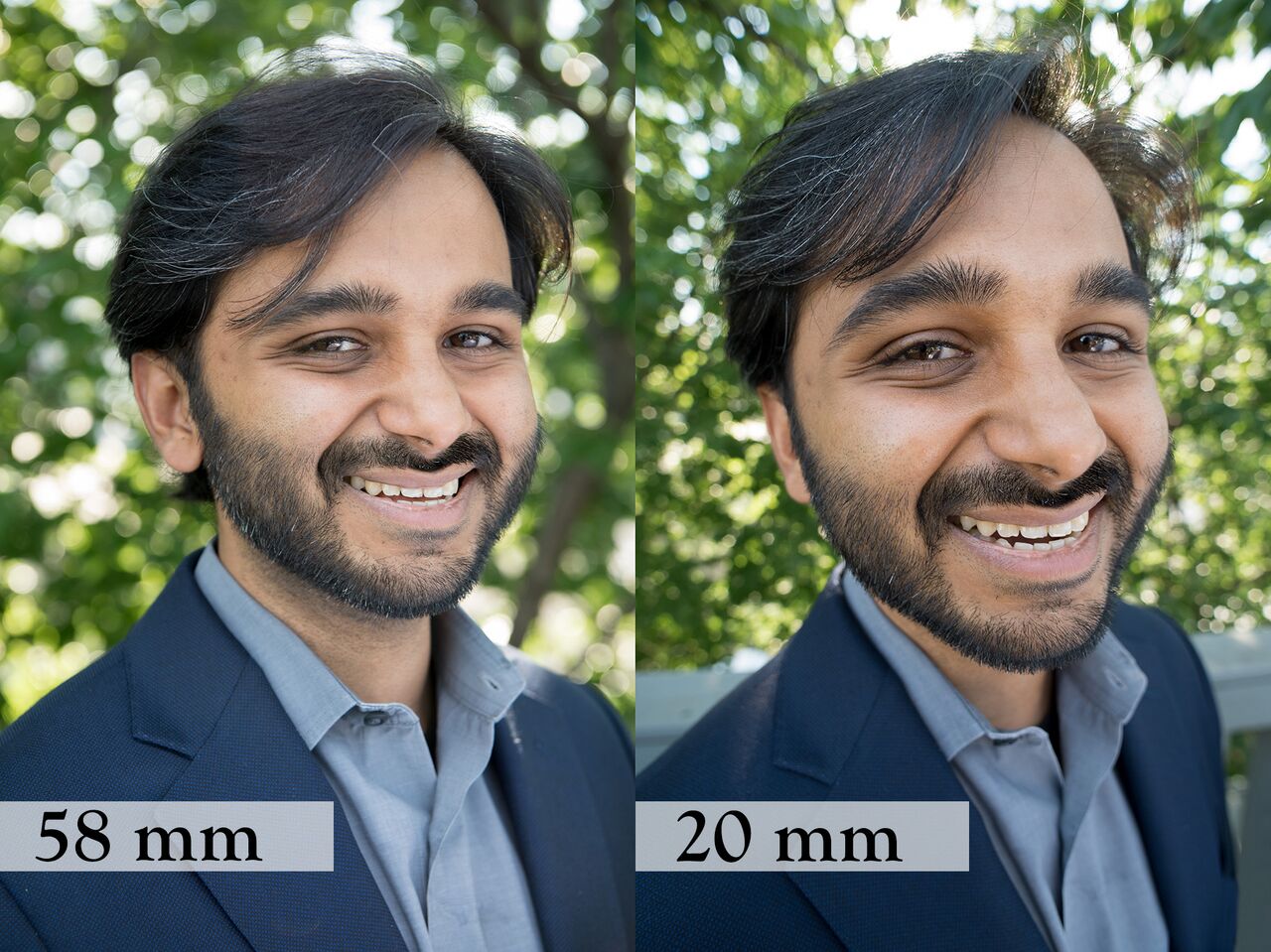
Wide-angle lenses can distort your subject and make them look strange (or overweight, if they're near the edge of the frame). Unless you're going for a surreal look, it's best to avoid shooting portraits with lenses wider than 50 millimeters. One exception is when you're shooting from a few yards back, which will help minimize distortion, and want to include the surrounding environment.
Photo credit: Lacey Johnson
Use a reflector
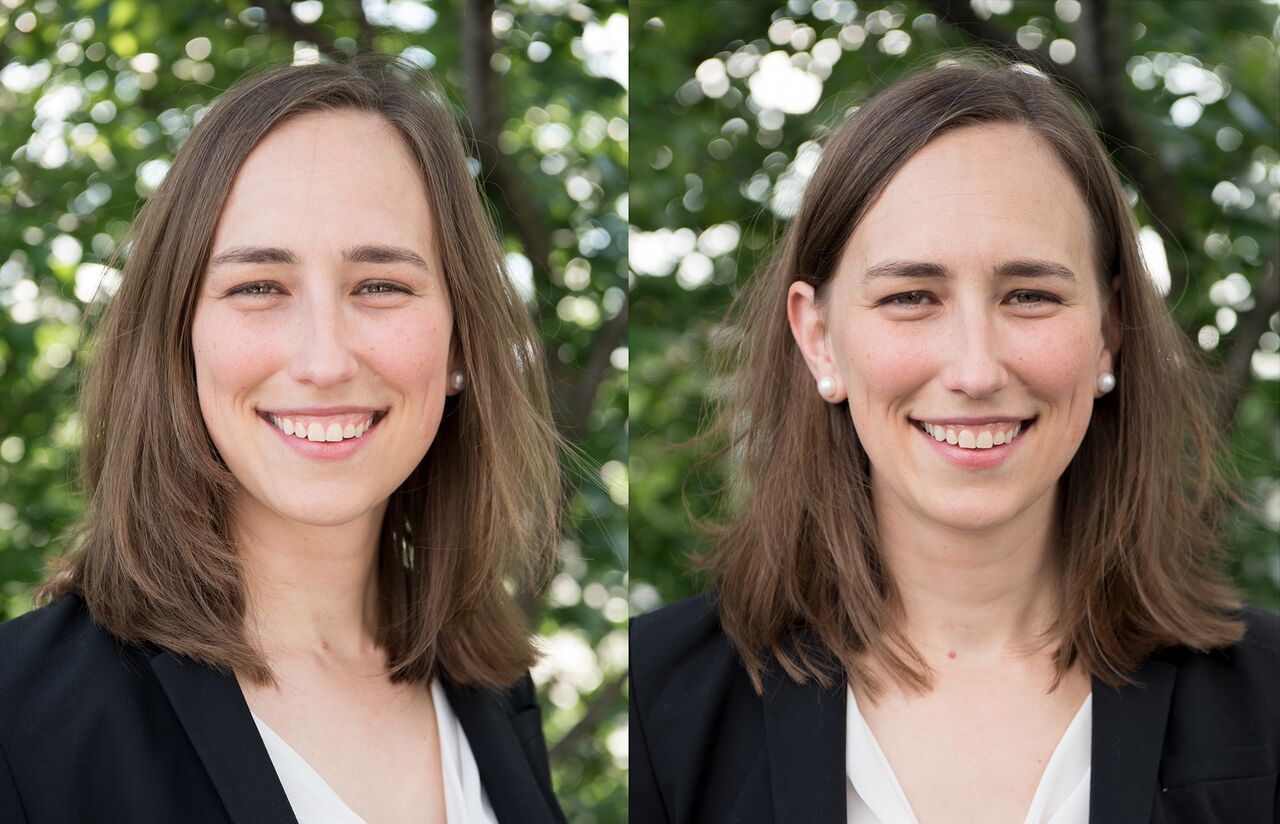
Using a reflector is an easy way to lighten the shadows on your subject's face. Like diffusers, they come in a variety of sizes and are made of material that's stretched over a frame. Best of all, reflectors are cheap and easy to carry because they fold up into a disk. If you don't want to purchase a reflector, you can get similar results using a whiteboard or aluminum foil.
In the photo on the right, the woman has very soft shadows on her face, even though she's standing in the shade. By having an assistant hold a reflector at an angle below the subject, the photographer allows those shadows to disappear, and the subject's face appears brighter. Notice how the light from the reflector illuminates the eyes and makes them sparkle.
Photo credit: Lacey Johnson
MORE: Best DSLR Cameras From Beginner to Pro
Use a telephoto lens
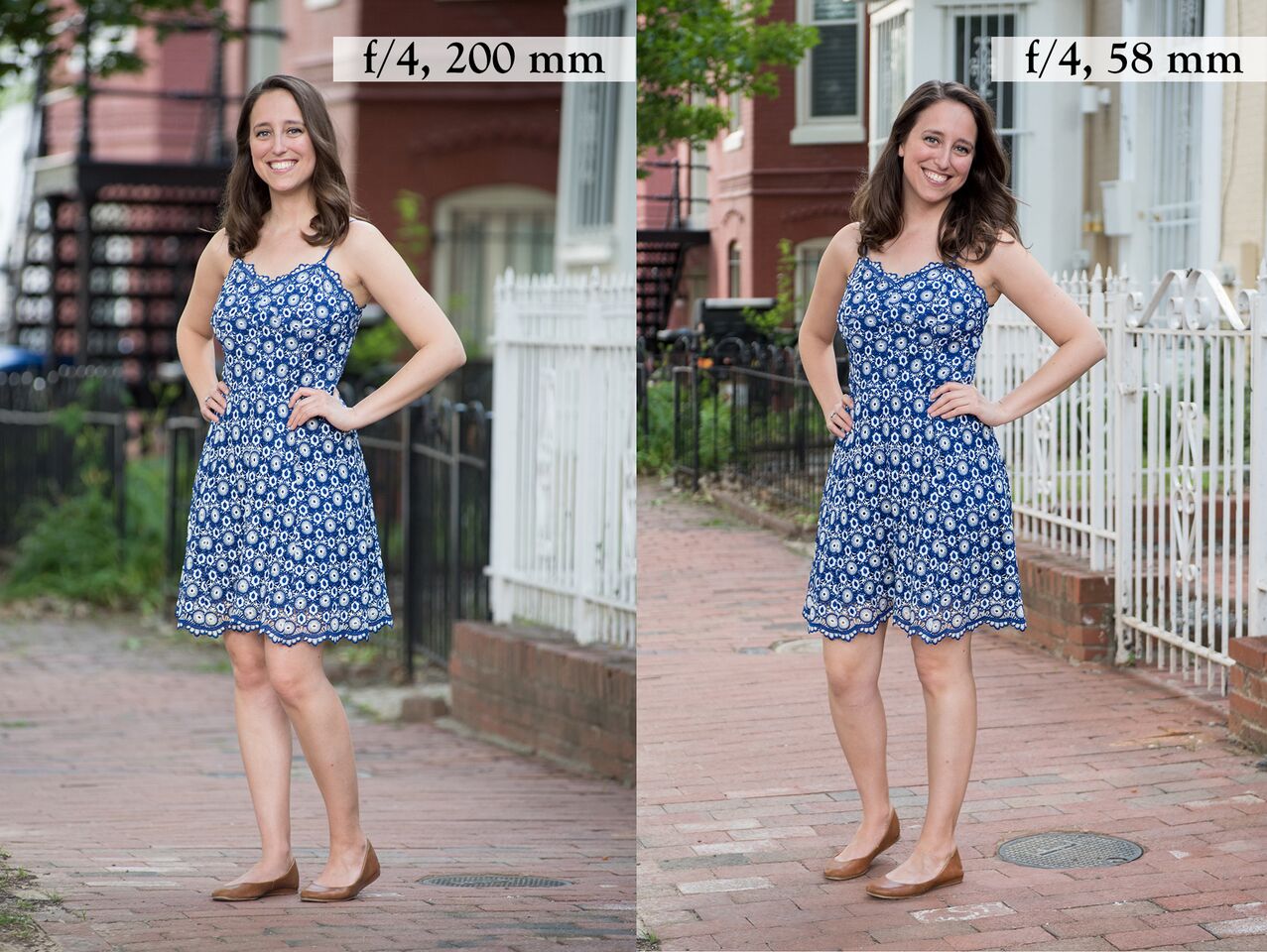
If you're shooting with a low f-stop and your background still looks relatively sharp, your focal length is probably too short. Ironically, telephoto lenses are ideal for portrait photography because they compress space and intensify the blurred background effect. The longer your focal length, the fuzzier your background will be. Of course, if your subject's environment is an important part of the portrait, a long lens is not the way to go.
Photo credit: Lacey Johnson
Use only the off-camera or bounce flash

A built-in flash is one of the worst choices for portrait photography. As a main light source, a direct flash produces flat and uninteresting images that look amateurish.
If you want to use artificial light, invest in a detachable flash that can be fired off-camera. Most DSLRs have an outlet for attaching a sync cord, allowing you to fire the flash from anywhere within the cord's reach. In the image above, the photographer held the flash outstretched in her left hand.
Another option is to leave the flash attached to your camera and aim it at the ceiling or a wall, instead of directly at your subject. (This requires a flash with a head that swivels, such as a Nikon or Canon speedlight.) When the light bounces off the walls, it becomes softer and more flattering for portrait photography.
Photo credit: Lacey Johnson
Be mindful of your subject's' surroundings

Placing your subject in a visually interesting environment is a great way to add depth to a portrait, both literally and figuratively. Before you start shooting, think about what surroundings may complement your subject's personality. A graffiti-covered wall may be a good fit for an urban artist, while a nature scene would work well for an outdoor enthusiast. You should also be aware of any distracting background elements, such as power lines or poles sticking out of your subject's head.
Photo credit: Lacey Johnson
Help your subject relax
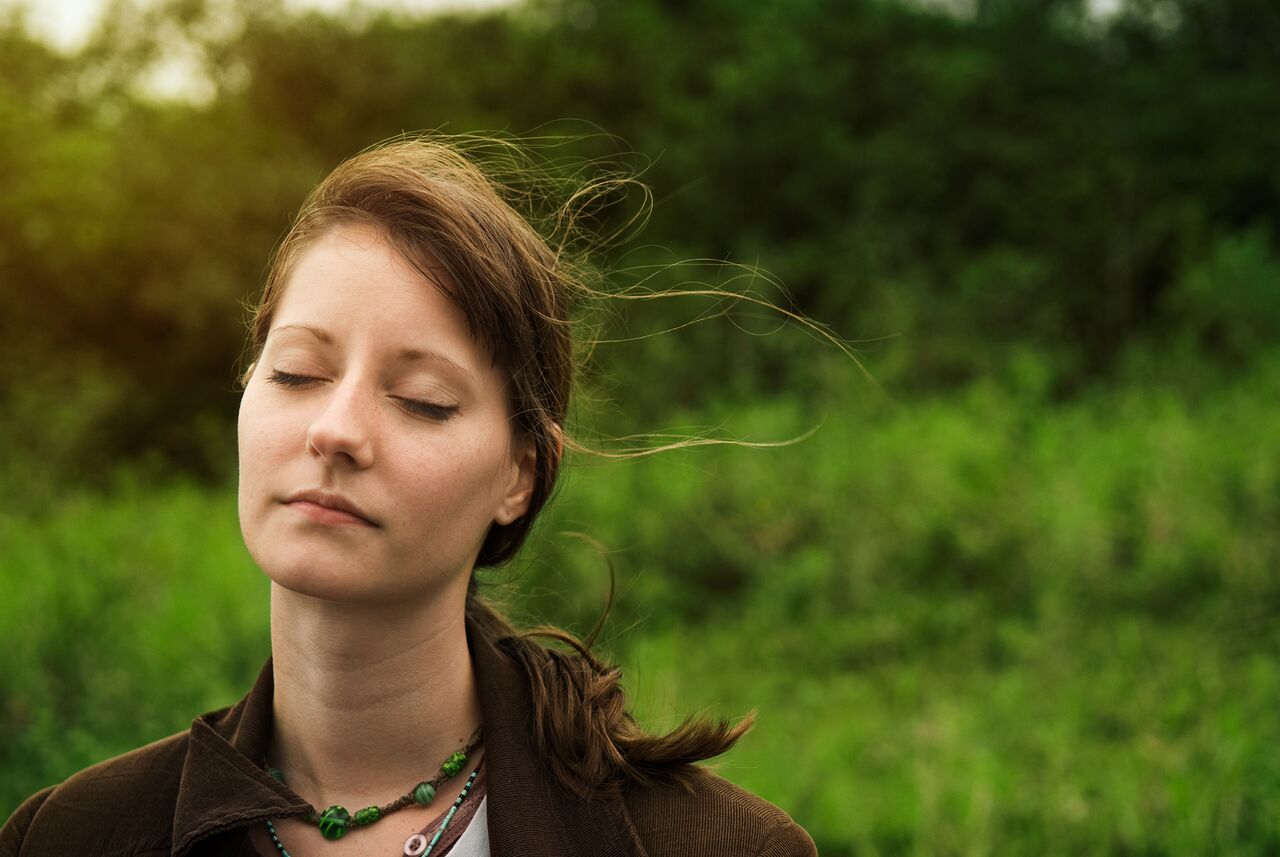
Most people get self-conscious in front of the camera. As the photographer, it's your job to put your subject at ease in order to get the best possible portrait. Try joking around, play music or offer them a drink to take the edge off. Remember to stay confident and relaxed while taking pictures so you don't pass any nervous energy to your subject.
Photo credit: Lacey Johnson
Shoot environmental portraits

Some of the most compelling portraits are of people in their natural environments, often in the midst of their everyday lives. Big name photographers such as Steve McCurry, Mary Ellen Mark and Lauren Greenfield all became famous for this type of portraiture. Instead of staging a photo, try asking random people, like shopkeepers or street performers, to pose for you. You can also arrange to photograph someone while they're at home, at work or doing a favorite activity.
Photo credit: Lacey Johnson
Seek out interesting characters

Let's face it: Boring-looking people make boring portrait subjects. If you want to build up your portfolio, try asking photogenic friends and family if they will model for you. If you're into documentary portraiture, keep an eye out for interesting characters you meet on the street or during your travels.
Photo credit: Lacey Johnson

Lacey is a freelance journalist and photographer based in Washington, D.C. with a specific interest in a variety of scientific topics including climate change, health, and renewable energy. She is also a keen photographer and her work has appeared in numerous national and international publications. Many of her articles on Tom's Guide are geared towards helping you take better pictures.
